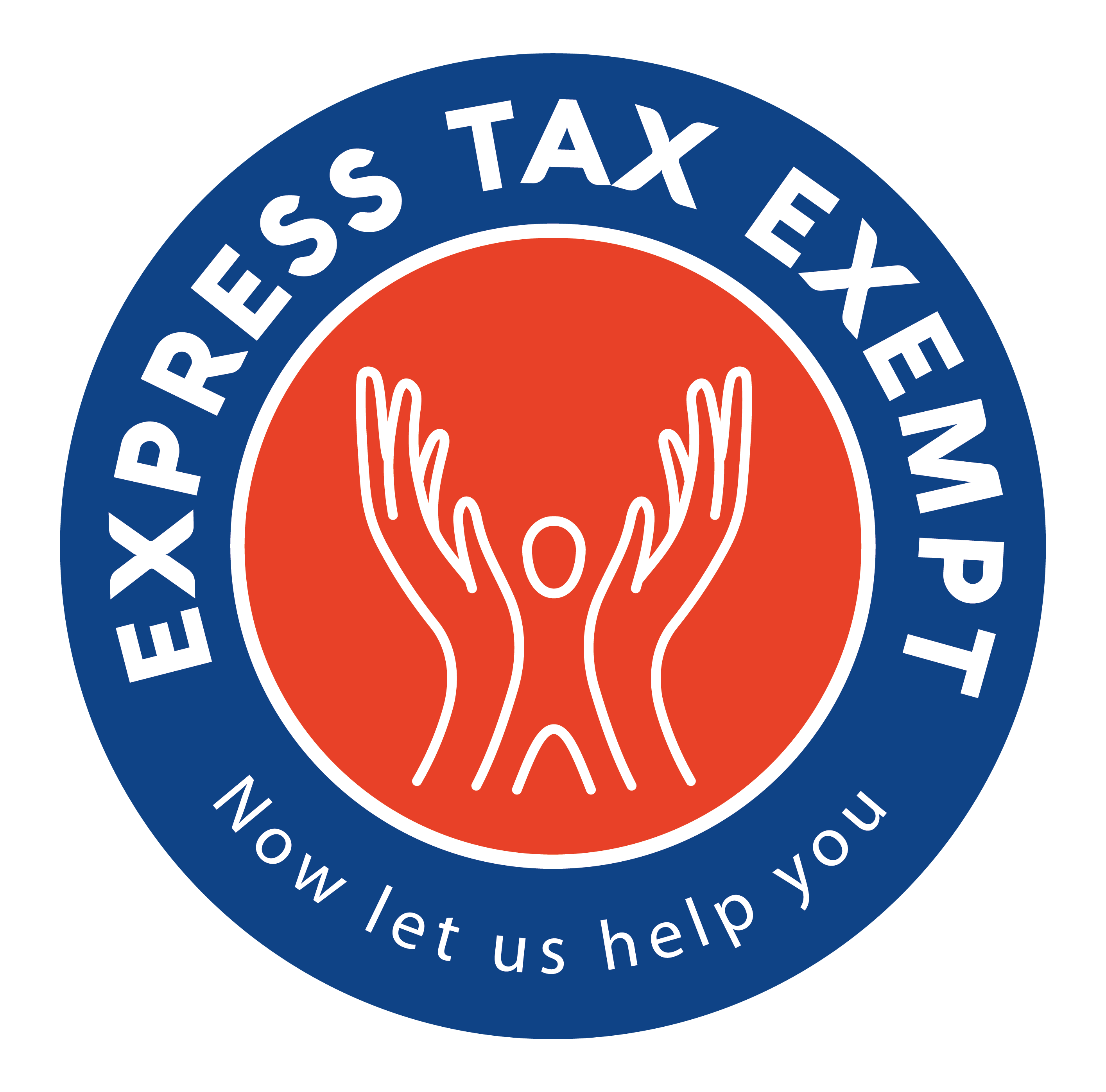Tax-Exempt: How An Organization Applies For Tax Exempt Status
What is the difference?
Non-profit status is a state law concept. Non-profit status may make an organization eligible for certain benefits, such as state sales, property, and income tax exemptions.
- Important: Although most federal tax-exempt organizations are non-profit organizations, organizing as a non-profit organization at the state level does not automatically grant the organization exemption from federal income tax.
To qualify as exempt from federal income tax, an organization must meet requirements set forth in the Internal Revenue Code (IRC). – Side thought – The way the IRS talks about the Internal Revenue Code is reminiscent of how pirates refer to the Pirate Code in Pirates of the Caribbean; always stick to the code (insert dark ominous music). Moving on…
How does an organization become tax-exempt?
To be recognized as EXEMPT from federal income taxation, most organizations are required to apply for recognition of exemption. For Section 501(c)(3) organizations, listed in the IRC – aka The Code – the law provides only limited exceptions to this requirement. Applying for recognition of exemption results in formal IRS recognition of an organization’s status, and may be preferable for that reason.
Organizations applying for tax-exempt status must submit 2 application:
- If an organization has not previously received an EIN, they must apply for one.
- To be recognized as exempt under section 501(a), most organizations must file an application for recognition of exemption with the IRS. Most organizations applying for exemption under section 501(a) (other than section 501(c)(3)) use Form 1024. Form 1024 has instructions and checklists to help you provide the information required to process your application.
- To be recognized as exempt under section 501(c)(3) use Form 1023. There is an interactive version that includes helpful hints and links to help applicants submit a complete application.
The IRS will recognize an organization as tax-exempt if it meets the requirements of the IRC.
See Types of Tax-Exempt Organizations and Publication 557, Tax Exempt Status for Your Organization for more info.
The IRS sometimes recognizes a group of organizations as tax-exempt if they are affiliated with a central organization. This avoids the needs for each organization to apply for exemption individually. A group exemption letter has the same effect as an individual letter except that it applies to more than one organization.
*The information listed above came from IRS.gov. If you are considering applying for tax-exempt status, be sure to consult your tax professional to help you navigate the Internal Revenue Code.

